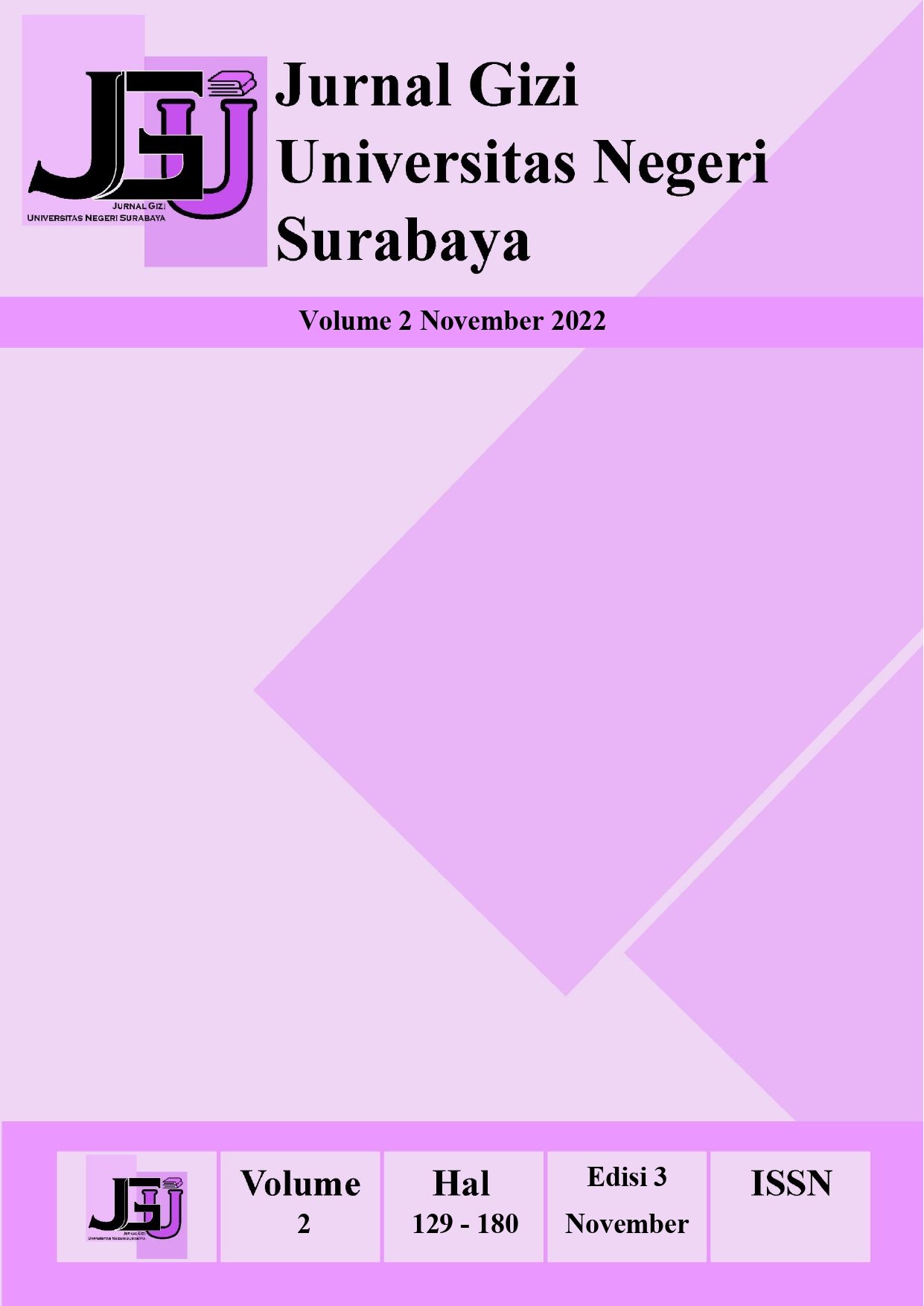OVERVIEW OF BREASTFEEDING IN THE WORK AREA OF KAMONING HEALTH CENTER, SAMPANG MADURA REGENCY
Keywords:
Breastfeeding, Human milk, MaduraAbstract
Breast Milk (breast milk) is the ideal food that contains the best nutrition to meet the needs of babies. Data from the Health Office of Sampang Regency that the lowest exclusive breastfeeding in 2019 was in the Kamoning Health Center area, which was 8.1%. The purpose of this study was to determine the mother's breastfeeding pattern, mother's knowledge about breastfeeding, family support regarding breastfeeding, and support from health workers regarding breastfeeding in the working area of the Kamoning Health Center. This type of research is quantitative descriptive with a cross sectional approach. The sample is mothers who have babies aged 0-6 months obtained as many as 82 people. The sampling technique used was purposive sampling. Based on the results of the study, 42.7% of respondents had exclusive breastfeeding patterns, 47.6% of respondents had partial breastfeeding patterns, and 9.8% had predominan breastfeeding patterns. Most of the respondents (40.2%) have less knowledge about breastfeeding. Most of the respondents (62.2%) received good family support regarding breastfeeding. Most respondents (76.8%) received support from health workers regarding breastfeeding. The increase in exclusive breastfeeding coverage from 8.1% in 2019 to 42.7% in 2022 is thought to be due to increased knowledge of mothers, family support, and support from health workers regarding breastfeeding.Downloads
Download data is not yet available.
Downloads
Published
2023-01-05
How to Cite
Nurrofah, Y. and Ruhana, A. (2023) “OVERVIEW OF BREASTFEEDING IN THE WORK AREA OF KAMONING HEALTH CENTER, SAMPANG MADURA REGENCY”, Jurnal Gizi dan Kesehatan Nusantara, 2(3), pp. 139–145. Available at: https://ejournal.unesa.ac.id/index.php/GIZIUNESA/article/view/50122 (Accessed: 29 December 2025).
Issue
Section
Artikel
 Abstract views: 114
,
Abstract views: 114
, PDF Downloads: 549
PDF Downloads: 549


